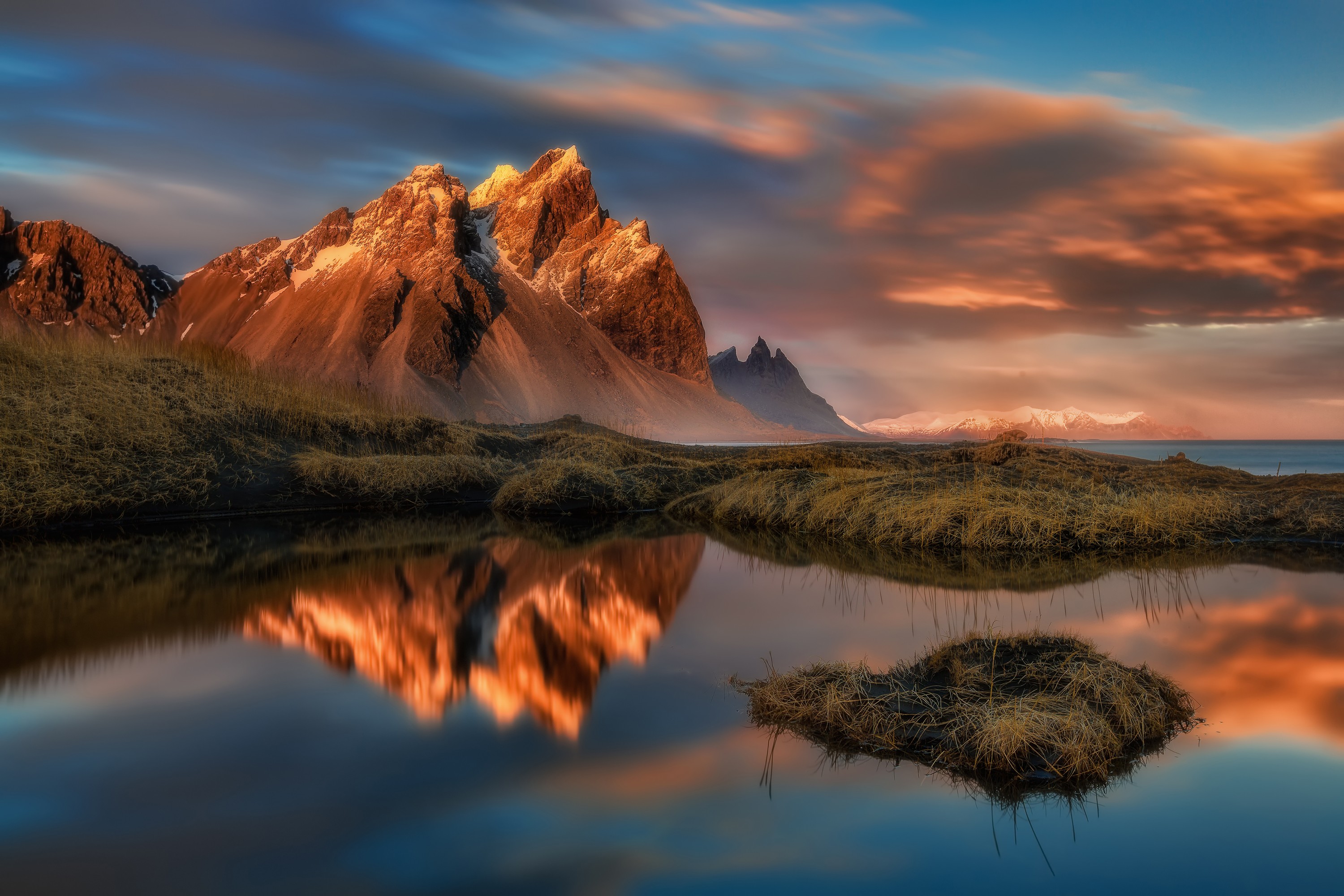Viva Resa: Your Gateway to Insightful Living
Discover news, trends, and tips for a vibrant lifestyle.
Chasing Light: Secrets of Captivating Landscape Shots
Unlock the secrets to stunning landscape photography and transform your shots with expert tips to chase light like a pro!
Top 5 Techniques for Capturing Stunning Landscape Photos
Capturing stunning landscape photos requires not only an eye for beauty but also a solid grasp of some key techniques. Here are the Top 5 Techniques that every photographer should master:
- Use the Golden Hour: The golden hour, occurring shortly after sunrise and before sunset, provides a soft and warm light that enhances the colors in your landscape photos. Plan your shoots around these times to capture the most breathtaking shots.
- Incorporate Foreground Interest: Including elements in the foreground of your landscape photos adds depth and dimension. Whether it’s flowers, rocks, or even a path leading into the scene, this technique engages the viewer and draws them into the image.
Continuing with our list, the next techniques are equally crucial for improving your landscape photography skills.
- Utilize Leading Lines: Natural lines in the landscape, such as roads, rivers, or foliage, can guide the viewer's eye through the photograph. Composing your shot with these lines in mind creates a more dynamic and inviting image.
- Master Composition Techniques: Techniques such as the rule of thirds or framing can significantly enhance the aesthetic appeal of your landscape shots. By thoughtfully placing focal points and elements within the frame, you can create a more balanced and engaging photograph.
- Experiment with Different Perspectives: Don't be afraid to change your viewpoint; sometimes, a lower or higher angle can transform an ordinary landscape into something extraordinary. Try crouching to the ground or finding an elevated spot to capture a unique perspective.

How to Use Natural Light to Enhance Your Outdoor Photography
Utilizing natural light effectively can significantly enhance your outdoor photography. The golden hour, which occurs during the first hour after sunrise and the last hour before sunset, provides a warm, soft light that beautifully illuminates landscapes and subjects. To maximize this effect, plan your shoots around these times and scout your locations in advance. This will allow you to understand how the light changes throughout the day and find ideal angles for capturing stunning images.
Another essential tip is to be mindful of the direction of the sunlight. For portraits, shooting with the sun behind your subject can create a soft halo effect, adding depth and interest to your photos. Conversely, if you're photographing landscapes, consider positioning yourself to capture the light hitting the scene directly. Additionally, using reflectors can help bounce light back onto your subject, reducing harsh shadows and creating a more balanced exposure. Overall, harnessing natural light requires both planning and creativity to achieve the best results in your outdoor photography.
What are the Best Times of Day for Landscape Photography?
When it comes to landscape photography, timing can make all the difference. The best times of day to capture stunning images are during the golden hour and blue hour. The golden hour, which occurs shortly after sunrise and before sunset, offers soft, warm lighting that enhances colors and adds depth to your photographs. Photographers often find that this period provides a magical quality to landscapes, making textures pop and shadows softer. It's the perfect time to capture dramatic scenes with rich contrasts.
On the other hand, the blue hour, which takes place just before sunrise and after sunset, casts a beautiful blue hue across the landscape. This time is ideal for capturing cityscapes and tranquil nature scenes, as the cooler tones can evoke a sense of calm and serenity. In addition, the fading light during the blue hour can create stunning reflections and silhouettes. For the best results, consider planning your shoots around these two key periods, as they both showcase the beauty of nature in unique and captivating ways.